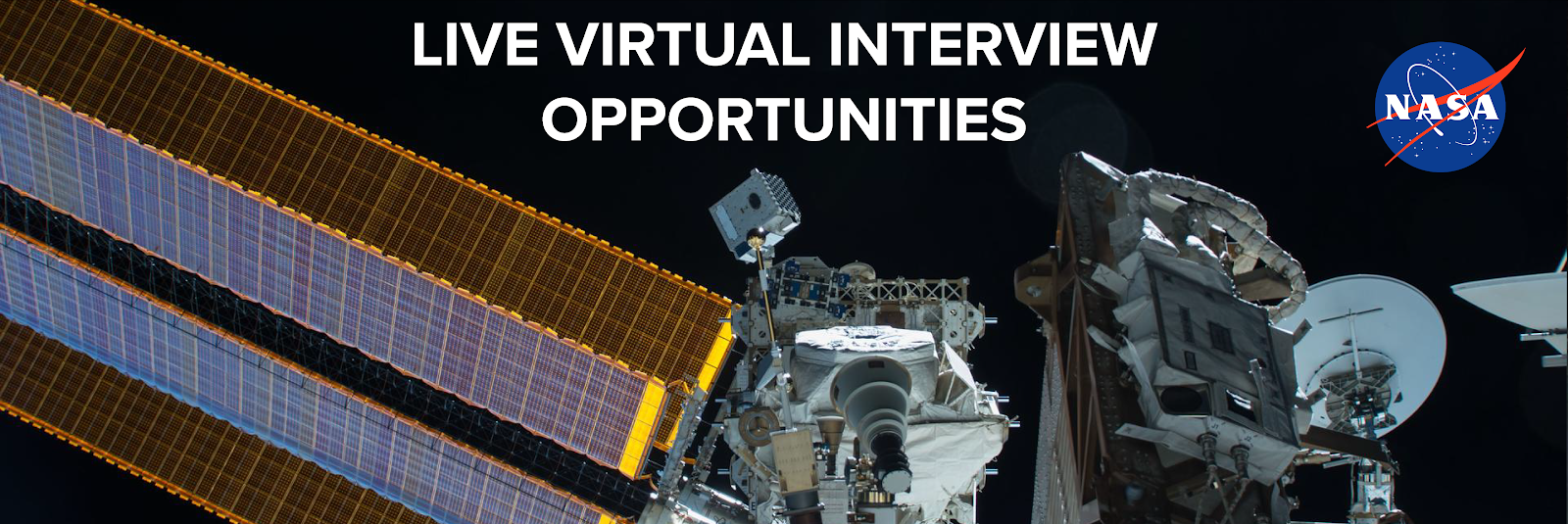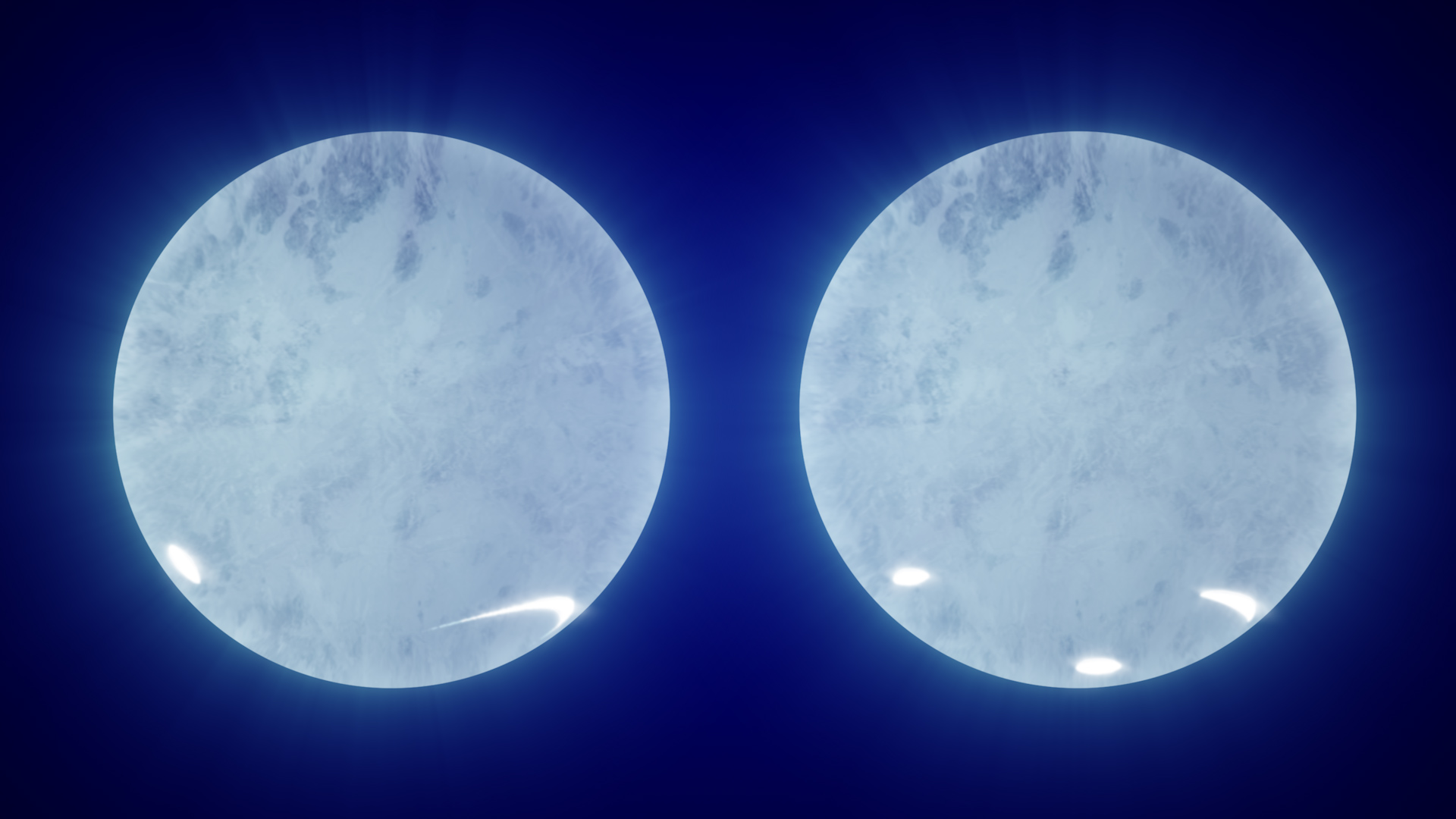NASA’s NICER Tests Matter’s Limits
Watch how NASA’s Neutron star Interior Composition Explorer (NICER) is helping physicists peer into the hearts of neutron stars, the remains of massive stars that exploded in supernovae. Scientists want to explore the nature of matter inside these objects, where it exists on the verge of collapsing into black holes. To do so, scientists need precise measurements of neutron stars’ masses and sizes, which NICER and other efforts are now making possible.
Credit: NASA’s Goddard Space Flight Center
Music: "Question Time" from Universal Production Music
Watch this video on the NASA Goddard YouTube channel.
Complete transcript available.
Matter in the hearts of neutron stars – dense remnants of exploded massive stars – takes the most extreme form we can measure. Now, thanks to data from NASA’s Neutron star Interior Composition Explorer (NICER), an X-ray telescope on the International Space Station, scientists have discovered that this mysterious matter is less squeezable than some physicists predicted.
The finding is based on NICER’s observations of PSR J0740+6620 (J0740 for short), the most massive known neutron star, which lies over 3,600 light-years away in the northern constellation Camelopardalis. Previous observations place the neutron star’s mass at about 2.1 times the Sun’s.
Scientists think neutron stars are layered. At the surface, a thin atmosphere of hydrogen or helium atoms rests on a solid crust of heavier atoms. In the crust, the rapid increase in pressure strips electrons from atomic nuclei. Deeper down, in the outer core, the nuclei break down into neutrons and protons. The immense pressure crushes together protons and electrons to form a sea of mostly neutrons that are eventually packed together at up to twice the density of an atomic nucleus.
But what form does matter take in the inner core? Is it neutrons all the way down, or do the neutrons break into their own component parts, called quarks?
In traditional models of a typical neutron star, one with about 1.4 times the Sun’s mass, physicists expect the inner core to be mostly filled with neutrons. The lower density ensures that neutrons remain far enough apart to stay intact, and this inner stiffness results in a larger star.
In more massive neutron stars like J0740, the inner core’s density is much higher, crushing the neutrons closer together. It’s unclear whether neutrons can remain intact under these conditions or if they instead break down into their constituent parts, called quarks. Theorists suspect they shatter under the pressure, but many questions about the details remain. To get answers, scientists need a precise size measurement for a massive neutron star. A smaller star would favor scenarios where quarks roam freely at the innermost depths because the tinier particles can be packed more closely. A larger star would suggest the presence of more complex forms of matter.
Two teams used different approaches to model J0740’s size, getting results of around 15.4 miles (24.8 kilometers) and 17 miles (27.4 kilometers) across. The two results overlap significantly within their uncertainties, ranging from 14.2 to 17 miles (22.8 to 27.4 kilometers) and 15.2 to 20.2 miles (24.4 to 32.6 kilometers), respectively.
The J0740 result, combined with a previous NICER measurement of pulsar J0030+0451 and other multimessenger observations disfavor more squeezable models of neutron stars, including versions where the interior is a sea of quarks. J0740's size and mass also pose problems for some less squeezable models containing only neutrons and protons.
Recent theoretical models propose some alternatives, such as inner cores containing a mix of neutrons, protons, and exotic matter made of quarks or new combinations of quarks. But all possibilities will need to be reevaluated in the context of this new information from NICER.
This plot tracks how scientists’ confidence in the mass and size range of neutron stars has changed over time. The dark blue band represents a 90% probability that a neutron star of a certain mass a size within that range. The lighter blue band represents a 50% probability. The initial ranges represent only parameters from theoretical models and shrink as new observations, culminating with NICER's results, whittle away at the allowed values.
Credit: NASA’s Goddard Space Flight Center
This animation shows how scientists’ confidence in their measurements of a typical neutron star, with 1.4 times the Sun’s mass, has improved. The nested yellow circles represent the upper and lower size overlaid on a satelliete image of the Washington, D.C., area. The Captial Beltway (I-495) is traced in red. As scientists include information from theoretical models, observations pre-NICER, and then NICER data from J0030 and J0740, the uncertainty between the limits shrink to just 5%.
Credit: NASA’s Goddard Space Flight Center
One group, led by a researcher at the University of Maryland, determined that J0740 is about 17 miles (27.4 kilometers) across. As shown in this animation, the team models the star with two circular hot spots almost directly opposite each other.
Credit: NASA’s Goddard Space Flight Center
Another group, led by researchers at the University of Amsterdam, determined that J0740 is about 15.4 miles (24.8 kilometers) across. As shown in this animation, the team also models the star with two circular, if slightly larger, hot spots almost directly opposite each other.
Credit: NASA’s Goddard Space Flight Center
Neutron stars, like the one illustrated here, are the dense remnants of massive stars that exploded in supernovae. Matter in their cores is on the verge of collapsing into a black hole.
Credit: NASA’s Goddard Space Flight Center/Chris Smith (USRA/GESTAR)
Credits
Please give credit for this item to:
NASA's Goddard Space Flight Center. However, individual items should be credited as indicated above.
-
Producers
- Scott Wiessinger (USRA)
- Chris Smith (USRA)
-
Science writer
- Jeanette Kazmierczak (University of Maryland College Park)
-
Animators
- Chris Smith (USRA)
- Scott Wiessinger (USRA)
-
Narrator
- Barb Mattson (University of Maryland College Park)
-
Science advisor
- Zaven Arzoumanian (NASA/GSFC)
-
Visualizer
- Sharon Morsink (University of Alberta)
-
Editor
- Scott Wiessinger (USRA)
Release date
This page was originally published on Saturday, April 17, 2021.
This page was last updated on Monday, January 6, 2025 at 1:35 AM EST.

